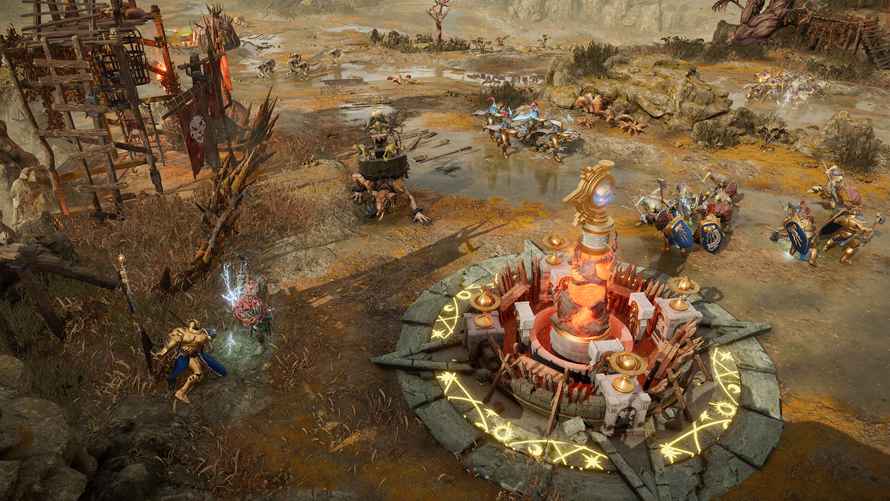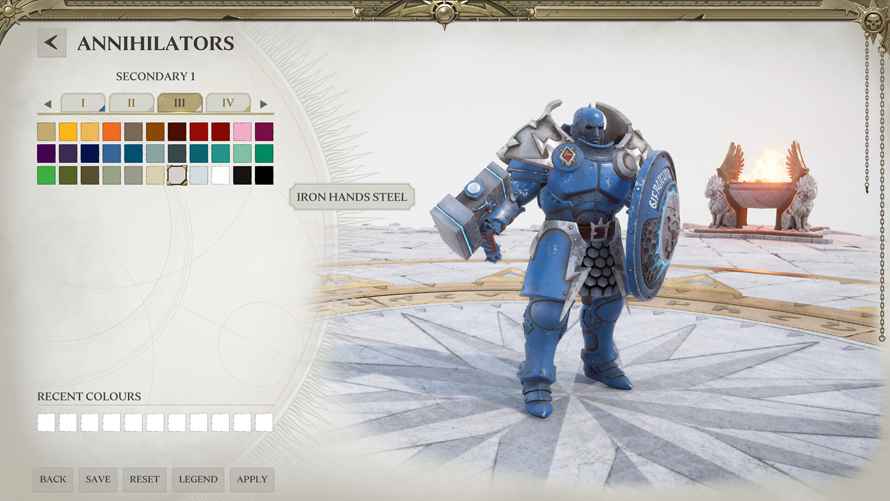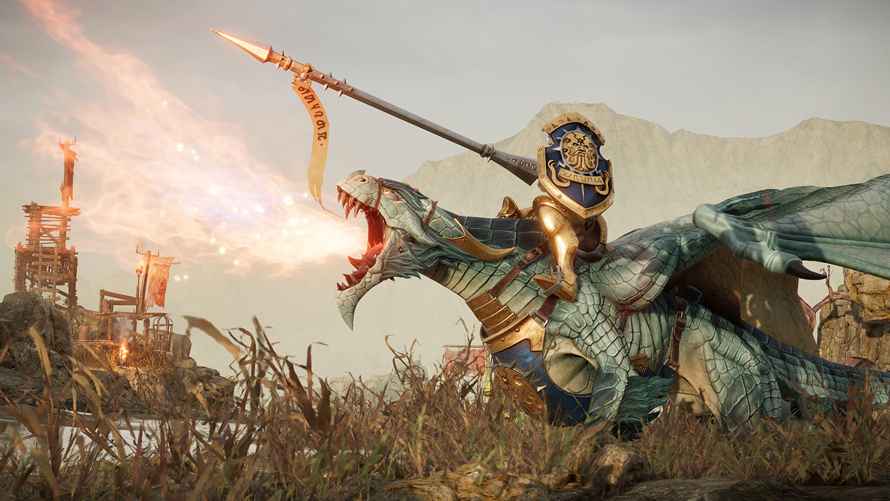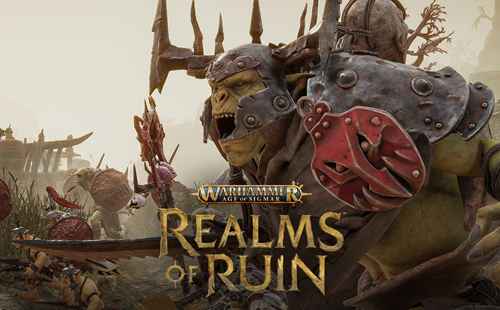Warhammer Age of Sigmar: Realms of Ruin Review
As COGconnected’s resident Warhammer fan, I get to play and review a lot of Games Workshop licensed titles. I love it, because frankly, it’s much easier to get my Warhammer fix via a single or multiplayer video game than trying to round up friends for a tabletop session. Also, I really like Age of Sigmar. So, I was excited to play Frontier’s take on Age of Sigmar, Realms of Ruin.
Frontier is the developer known for games like Planet Coaster, Planet Zoo and the recent Jurassic Park builder/strategy games. By and large, Frontier games are polished, have outstanding production values and provide lot of post-launch content.
Forged by a God
As an IP within the Warhammer universe, Age of Sigmar has steadily gained popularity. Its somewhat controversial and disappointing release in 2015 replaced Warhammer Fantasy Battle. With the 2nd edition rules and some beefed-up lore and new factions, Age of Sigmar really came into its own. Though its factions draw heavily from post-Tolkien high fantasy, they’re colorful, have clear motivations in the lore and units that are fun to play. My personal favorite is Skaven. Unfortunately , they’re not featured in Age of Ruin. Yet.
As in most games in the genre, Realms of Ruin features a single player campaign that is essentially an extended tutorial for multiplayer matches. The campaign’s narrative first focuses on Lord-Celestant Sigrun of the Stormhost, a hero of the Stormcast Eternals, a race created by the god-like Sigmar. For many, the Stormcast Eternals — though possessed of some powerful magic in addition to more traditional weapons — are the least interesting of the Age of Sigmar races. They’re a little too blandly noble.

In any case, the campaign first has Sigurd and your squads winding through Ghur, the Realm of Beasts. Along the way, you will battle against or command three other well-known Sigmar factions: the Orruk Kruleboyz, the ghostly Nighthaunt and the Disciples of Tzeentch. While some players may be disappointed by the relative linearity of the campaign, the production values are stellar. The cutscenes are very well written (in a typical, melodramatic, operatic Warhammer way) and the voice acting is equal to the script.
Downscaled
Age of Sigmar Realms of Ruin does not focus on immense armies and epic battles. It’s a tactical RTS in which the player commands relatively small collections of units. The rock-paper-scissors mechanic is explicit and units even have an icon identifier that helps visually match unit type against another. Because nearly every unit type has a special ability, there are lots of opportunities for creative squad building.
Realms of Ruin is also not about building imposing bases and structures. Instead there is a multipurpose spawn and healing point. Speaking of healing, one annoyance is that units must return to the base to heal. This would be a huge issue if the battlefields were sprawling. Most often they are compact areas with a few capture points. Battles tend towards literally being back-and-forth battles of attrition. Micro-managing your units is an important aspect of the game.

The narrative campaign is one way to play. You can also play Conquest, essentially a sequence of skirmishes, or simply one-off skirmishes against AI or other humans. No matter how you engage with Realms of Ruin, your moment-to-moment experience will be about the same. Realms of Ruin is not especially deep and its tactical demands are modest. For some players, fatigued by massive strategy games like Total War, the small scale design of Realms of Ruin might be appealing.
Hand Painted Detail
Age of Sigmar Realms of Ruin looks great and does an excellent job of being faithful to the design of the units and the miniatures from the tabletop game. It just might be the best translation of Age of Sigmar yet, at least in terms of catching the aesthetics and tone. The audio is excellent, both musically and in terms of battle effects, spell sounds and, as mentioned, voice acting.
The game has a staggering number of graphics, gameplay, audio and accessibility options and, on a modest PC, kept a rock solid frame rate. There are lots of extras, like being able to digitally paint and pose character models and happily, there’s a map editor.

Upside/Downside
For all that it does well, Realms of Ruin disappoints in a couple of small ways. First, the campaign is very linear, a bit shallow and doesn’t encourage replay. Second, the number of playable factions is pretty paltry when measured against the Total War: Warhammer 40K series, especially given the premium price tag. Sure, that leaves ample room for add-ons and DLC, but several popular and icon factions are nowhere to be seen.
If you’re a fan of Age of Sigmar and can accept the game’s scaled back, slower approach to real time strategy, Realms of Ruin hits the mark. It’s a faithful and vibrant recreation of the Orruks, Nighthaunt, Tzeentch and grandly insufferable Stormcast Eternals. Some RTS fans will note the lack of tactical depth, but there’s a place for Realms’ streamlined approach that is welcoming to newcomers and veterans alike.
***PC code provided by the publisher for review***
The Good
- Nails the Sigmar vibe and look
- Mostly interesting factions
- Accessible strategy
- Lots of variety in units
The Bad
- Relatively shallow mechanics
- Not many modes
- Small number of factions

